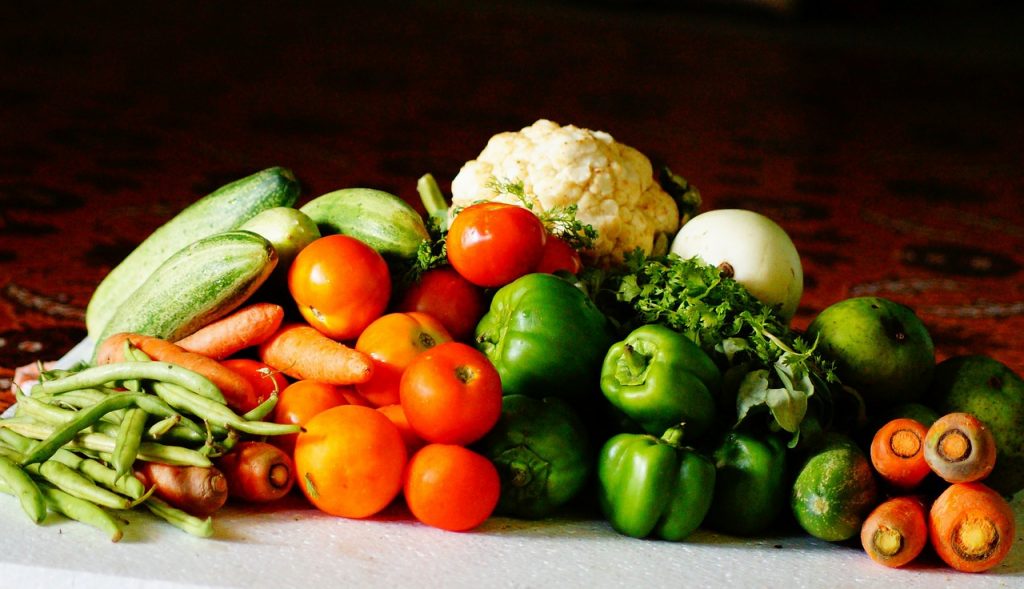SNAP Benefits Being Significantly Cut In Over 30 States
Congress passed the Omnibus bill in December 2022, and it included a provision that instructed the cessation of emergency SNAP benefits.
This article is more than 2 years old

During the pandemic, applications for federal safety net benefits skyrocketed. And the program that individuals and families turned to the most was food stamps, officially known as SNAP benefits. However, news that these benefits will soon get slashed is now devastating people across the country.
The federal government issued emergency increases to SNAP benefits nationwide at the height of the pandemic. SNAP, or Supplemental Nutrition Assistance Program, helped countless families cope with an unsure and unstable economic situation. Those extra funds stayed in place through much of the nation, even as Covid restrictions ended and the economy began to recover.
And the boost to SNAP benefits has assisted families struggling with the high cost of staple foods amid inflation. According to CBS, “Despite the rebounding economy, many Americans continue to struggle with food insecurity, experts say. Food-stamp enrollment remains high, with 42 million people receiving the benefit in October 2022, the most recent data available, or 6% higher than in 2020, according to USDA data.”
With no visible end to sky-high inflation, 32 states have continued issuing extra emergency allotments to help their food-insecure residents. But 18 states chose to end the additional SNAP benefits early. Unfortunately, that decision proved hard on a vulnerable population.
“In states like Georgia that have cut nutritional aid, however, food banks have seen a surge in demand since June, when the benefits were cut, according to Pew Research.” And now, residents of the 32 states still issuing SNAP benefits will have a similar experience thanks to recent news out of Washington. When Congress passed the Omnibus bill in December 2022, it included a provision that instructed the cessation of emergency SNAP benefits.
The change goes into effect in March. Now states are racing to reach out to everyone receiving SNAP benefits to ensure they know of the impact. But those communications are not getting received that well.
Colorado sent out a notice to residents on food stamps offering ways they could prepare. These included recommendations to stock up on non-perishables, freeze fresh produce, and a link to tips on reducing food waste. One Twitter user posted, “We are reducing your food stamps and we know you will have a hard time surviving so here are some tips don’t say we didn’t ever do nothing for you” in response.
But how much of an impact will these changes actually have to SNAP benefits? The answer is, unfortunately, a lot. According to Ellen Vollinger, with the Food Research & Action Center, “This hunger cliff is coming to the vast majority of states, and people will on average lose about $82 of SNAP benefits a month.”
That number is per person. So a family of four will actually see a (roughly) $328 reduction to their monthly benefits, which is devastating news. The high cost of groceries is already forcing people to make very tough spending decisions, like eating or paying rent.
But the population segment that will see the worst impact is the elderly. This demographic already receives the minimum monthly allotment (roughly $281). With the reduction, that monthly payment may drop as low as $23 a month.



